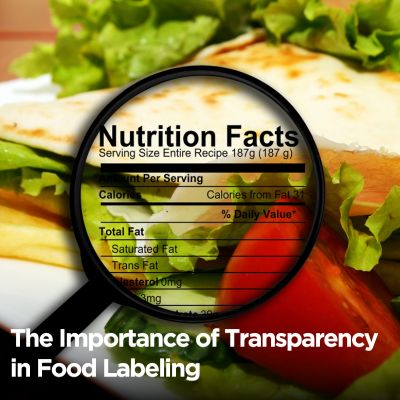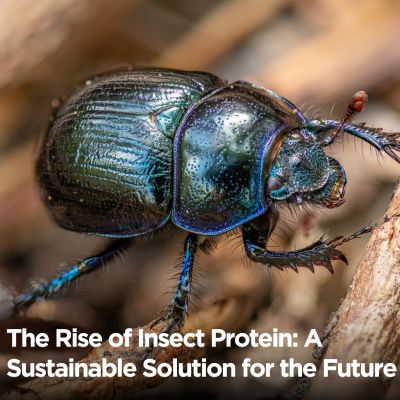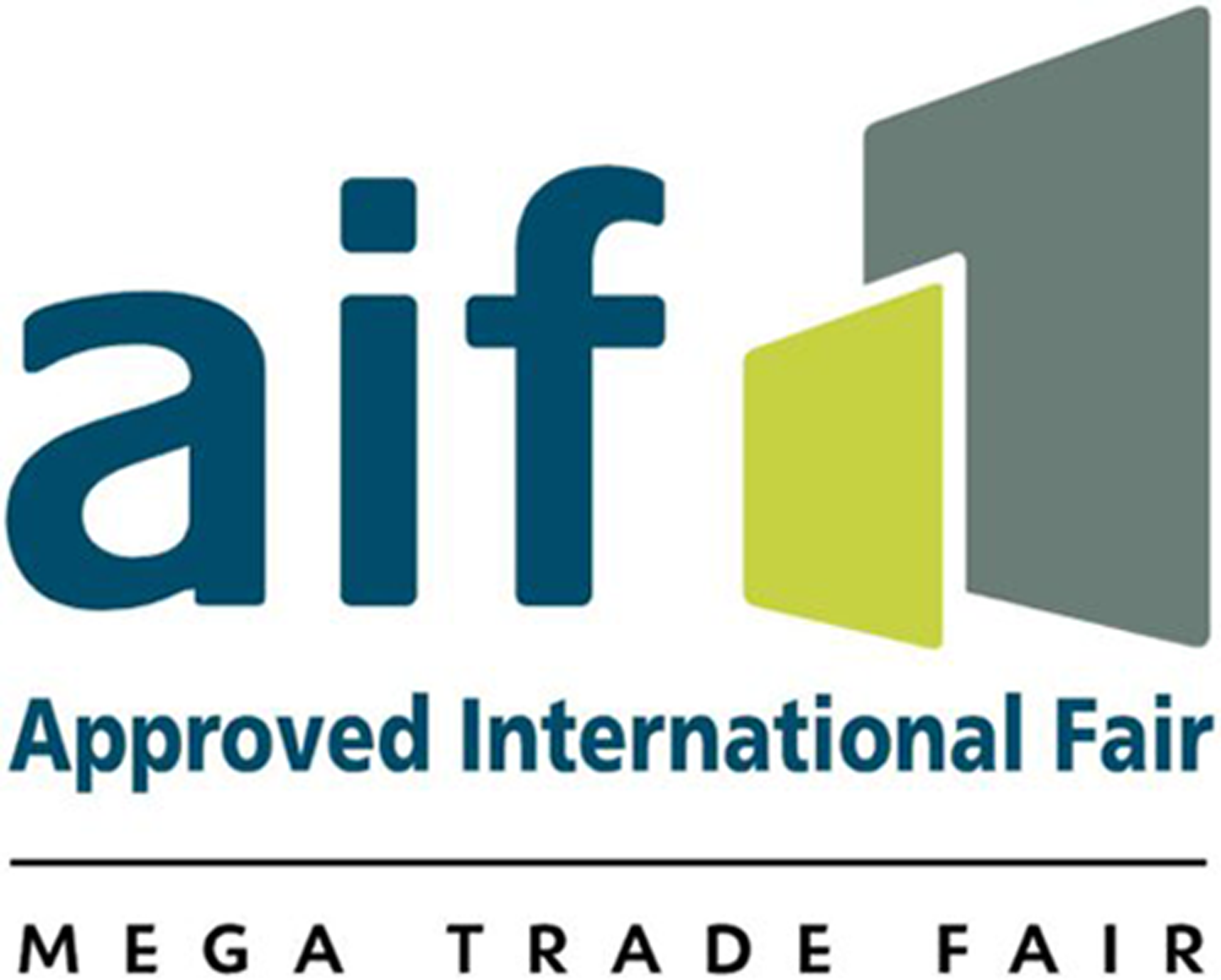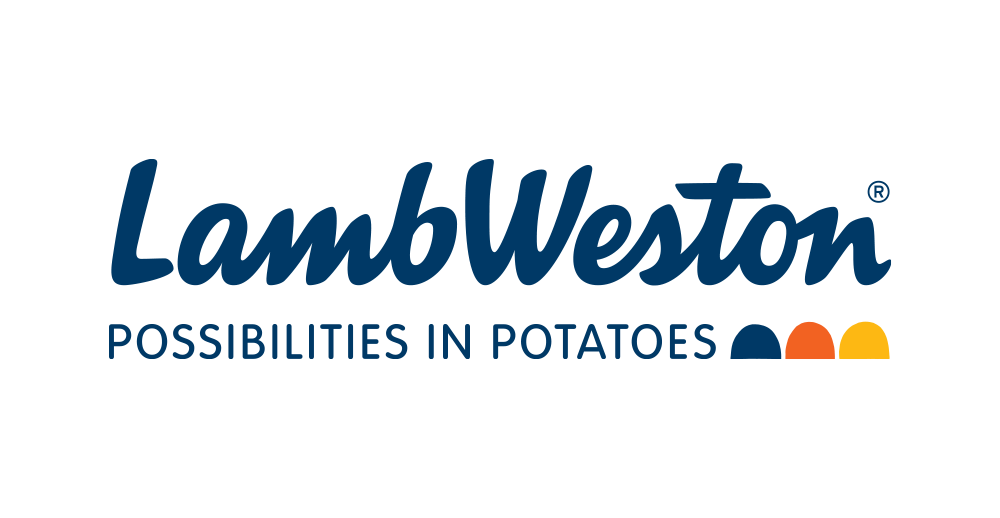Cultivated meat is the next big thing in the food industry.
Cultured meat, or cultivated or lab-grown meat, is an emerging technology area that uses animal cells grown in the lab to create meat products.
Cultivated meat is becoming a trend, and all signs point to it becoming one of the most significant revolutions in the modern food industry.
With consumer concern about the more humane way of meat consumption, cultivated meat eliminates the need to raise and farm animals and increases animal welfare within the food system.
Cultured Meat Industry Growth and Projections
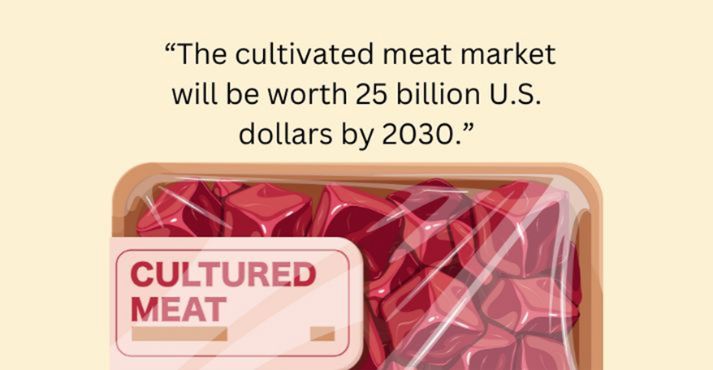
The global cultivated meat market is expected to grow from $7.87 billion in 2023 to $9.31 billion in 2024 at a compound annual growth rate (CAGR) of 18.4%, driven by consumer shift towards sustainable and ethical food choices.
The state of the cultured meat industry indicates a projected value share of cultured meat consumption will reach 30 percent of worldwide meat consumption, amounting to US$ 1.8 billion.
There will be an estimated 8.1 billion population on the planet by 2040; therefore, cultivated meat will be used to satisfy the increasing demand for food by the growing human population.
The cultivated meat market is still in its infancy, but the food industry foresees a profitable future for lab-grown foods. For instance, McKinsey forecasts that the cultivated meat market will be worth 25 billion U.S. dollars by 2030; hence, the cultivated meat industry is poised to grow.
Key Players in the Market
The industry attracts much investor interest, recognizing it as a promising solution to conscious food sourcing and animal welfare.
Characterized by its innovative approach to sustainable protein production through cellular agriculture, this market addresses conventional challenges in meat production.
The key players in the cultured meat market include:
- Memphis Meats
- Mosa Meat
- Eat Just
- Aleph Farms
- BlueNalu
- Future Meat Technologies
- Wildtype
- SuperMeat
- JUST, Inc.
Environmental and Sustainability Aspects
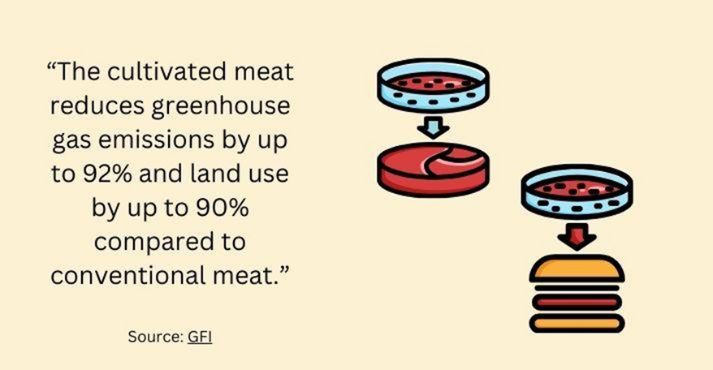
Lab-grown meat assessment indicates that this meat will use significantly fewer resources and can reduce agriculture-related pollution and eutrophication.
The growing popularity of vegan food due to environmental concerns has led to the consumption of plant-based meat, creating opportunities in the cell-based meat industry/market to address the environmental and sustainability aspects.
According to a study by the Good Food Institute, cultivated meat produced using renewable energy could reduce greenhouse gas emissions by up to 92% and land use by up to 90% compared to conventional beef.
Also, it will result in fewer incidences of foodborne illnesses due to the lack of exposure risk from enteric pathogens. Cultivated meat can compete on costs and have a lower environmental footprint compared to conventional meat production.
As global concerns about climate change and resource depletion intensify, cultivated meat emerges as a viable solution by substantially reducing greenhouse gas emissions compared to traditional livestock farming and requiring significantly less land, mitigating the environmental impact associated with conventional meat production.
Food Safety and Regulation
Unlike traditional meat, cultivated meat is produced in a controlled environment, minimizing the risk of contamination from pathogens and antibiotics. However, as the cultivated meat industry advances, regulatory frameworks evolve to ensure consumer safety and industry standards.
Moreover, as cultivated meat doesn’t involve live animals, concerns about zoonotic diseases are reduced. The closed production system enables meticulous monitoring and optimization of conditions, lowering the likelihood of pathogens.
The FDA regulates human food made from cultured cells of livestock and poultry jointly with USDA-FSIS. FDA oversees cell collection, cell banks, and cell growth and differentiation.
To date, regulation, cost, scalability, and consumer acceptance have prevented the widescale adoption of cell-cultured meat, which is currently only approved for human consumption in the US, Singapore, and, recently, in controlled environments in the Netherlands.
However, challenges such as ensuring the sterility of cell culture processes and developing standardized safety protocols persist.
Rigorous regulatory oversight and industry collaboration are essential to address these challenges and establish confidence in the safety of cultivated meat as a viable and secure food source.
Market Challenges and Opportunities
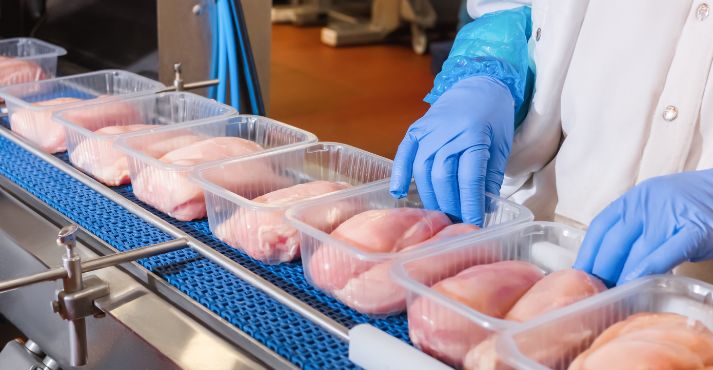
Despite optimism, the lab-grown meat industry still has some significant challenges to overcome before cultured meat can disrupt the conventional meat industry. Cultivated meat is not yet widely available because the industry hasn’t built the capacity to produce it at scale.
Challenges the cultivated meat industry faces:
- Production costs are high due to the complex cell cultivation process and the need for specialized bioreactors.
- Scalability is a significant hurdle, as increasing production efficiency remains a key goal.
- Regulatory approval and consumer acceptance are also critical, requiring clear safety standards and effective communication about the benefits.
- Labeling should differentiate the product from conventional and plant-based meat types.
While it unlocks the potential for more efficient and environmentally friendly meat production, there are opportunities to navigate the industry’s future confidently.
As the trends in the meat sector revolutionize, cultivated meat can supplement the existing protein supply chain while coexisting with traditional livestock farming. Cultivated meat has the potential to enhance sensory and nutritional qualities compared to conventional meat.
Since cultured meat can be produced indoors during unfavorable external conditions, such as natural disasters, it may lower global food insecurity. Advancements in biotechnology and cell culture techniques pave the way for creating meat without traditional agriculture’s ecological footprint.
Conclusion
The market has grown exponentially since cultivated meat first emerged in the late 2010s. For cultivated meat to realize its potential, joined-up thinking on regulation and legislation and keeping the public informed will enable a shift to becoming part of the food system.
Despite challenges in production, cost, taste, and regulatory approval, this emerging field has the potential to revolutionize the food industry and provide sustainable meat alternatives in the future.
Cultured meat has the potential to reduce greenhouse gas emissions, decrease the use of land, water, and feed resources, and reduce animal suffering.
With ongoing research and development aimed at improving production efficiency and nutritional profile, lab-grown meat has the potential to revolutionize the meat industry and provide a sustainable alternative to traditional animal agriculture.

